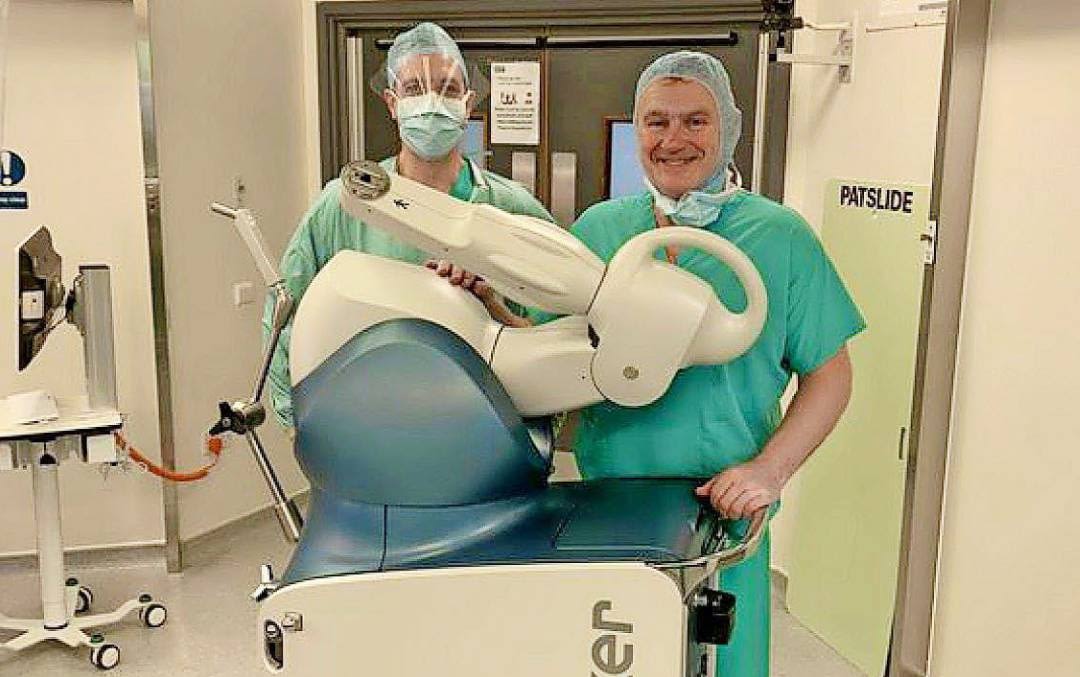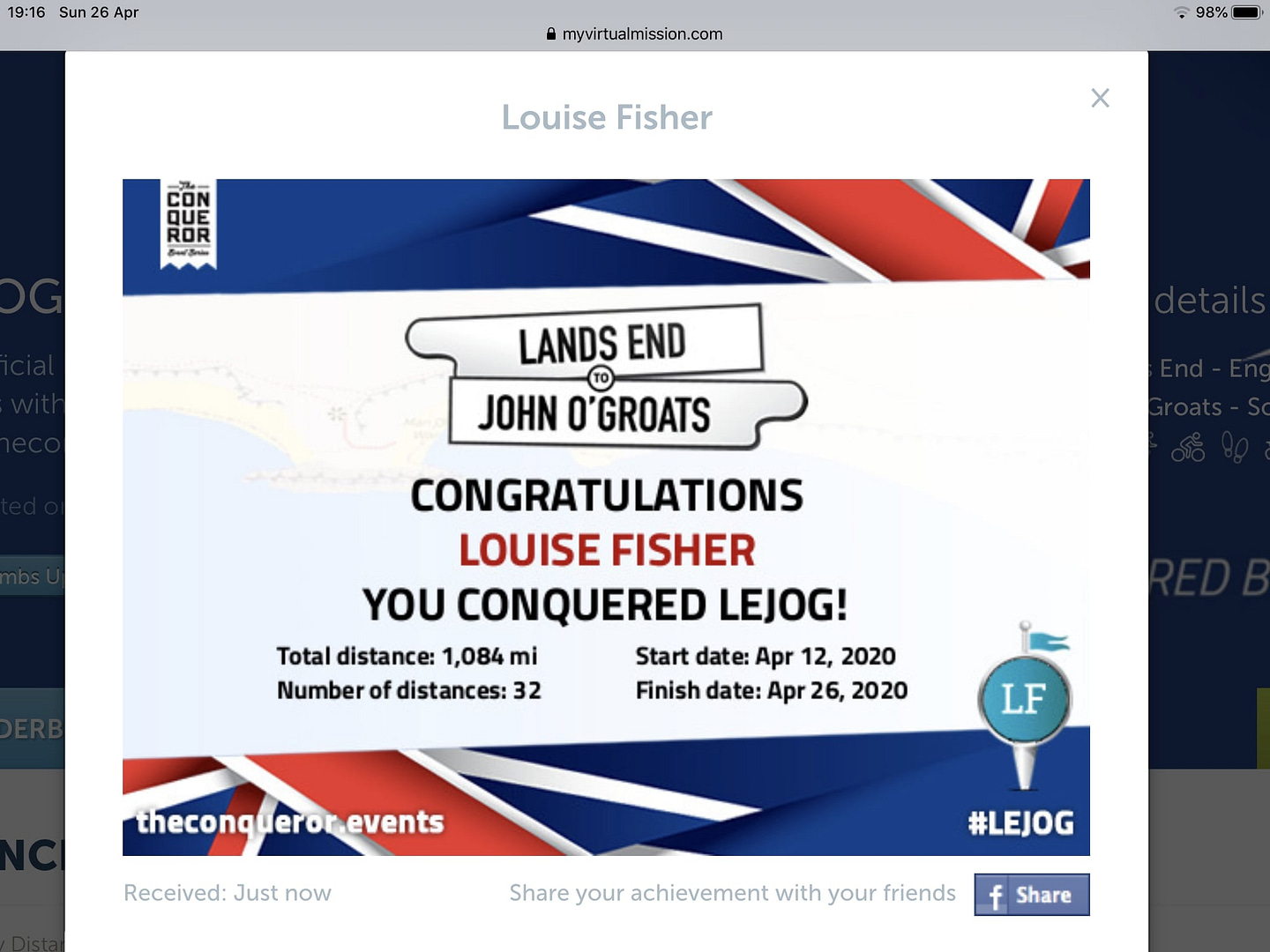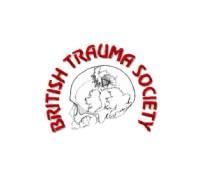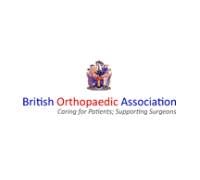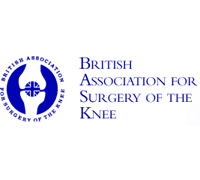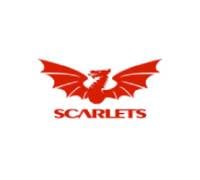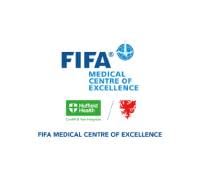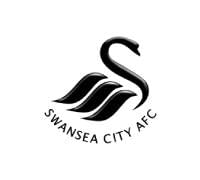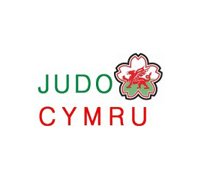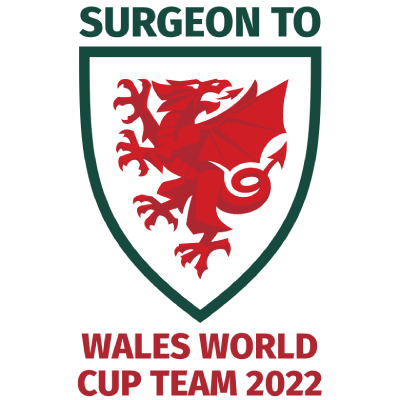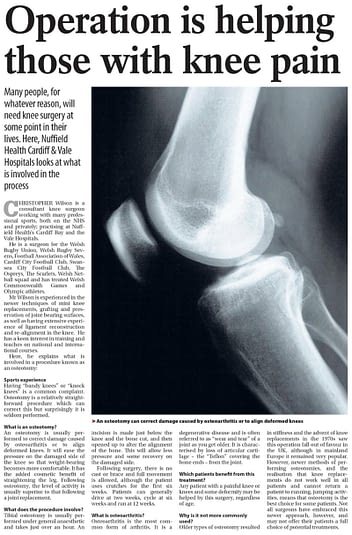 Many people, for whatever reason, will need knee surgery at some point in their lives. Here, Nuffield Health Cardiff & Vale Hospitals looks at what is involved in the process
Many people, for whatever reason, will need knee surgery at some point in their lives. Here, Nuffield Health Cardiff & Vale Hospitals looks at what is involved in the process
Christopher Wilson is a consultant knee surgeon working with many professional sports, both on the NHS and privately; practising at Nuffield Health’s Cardiff Ray and the Vale Hospitals.
He is a surgeon for the Welsh Rugby Union, Welsh Rugby Sevens, Football Association of Wales, Cardiff City Football Club, Swan-sea City Football Club, The Ospreys, The Scarlets, Welsh Net-ball squad and has treated Welsh Commonwealth Games and Olympic athletes.
Mr Wilson is experienced in the newer techniques of mini knee replacements, grafting and preservation of joint bearing surfaces, as well as having extensive experience of ligament reconstruction and re-alignment in the knee. He has a keen interest in training and teaches on national and international courses.
Here, he explains what is involved in a procedure known as an osteotomy:
Sports experience
Having “bandy knees” or “knock knees” is a common complaint. Osteotomy is a relatively straight-forward procedure which can correct this but surprisingly it is seldom performed.
What is an osteotomy?
An osteotomy is usually per-formed to correct damage caused by osteoarthritis or to align deformed knees. It will ease the pressure on the damaged side of the knee so that weight-bearing becomes more comfortable. It has the added cosmetic benefit of straightening the leg. Following osteotomy, the level of activity is usually superior to that following a joint replacement.
What does the procedure involve?
Tibial osteotomy is usually per-formed under general anaesthetic and takes just over an hour.An osteotomy can correct damage caused by osteoarthritis or to align deformed Moos. An incision is made just below the knee and the bone cut, and then opened up to alter the alignment of the bone. This will allow less pressure and some recovery on the damaged side.
Following surgery, there is no cast or brace and full movement is allowed, although the patient uses crutches for the first six weeks. Patients can generally drive at two weeks, cycle at six weeks and run at 12 weeks.
What is osteoarthritis?
Osteoarthritis is the most common form of arthritis.
It is a degenerative disease and is often referred to as “wear and tear” of a joint as you get older. It is characterised by loss of articular cartilage – the “Teflon” covering the bone ends – from the joint.
Which patients benefit from this treatment?
Any patient with a painful knee or knees and some deformity may be helped by this surgery, regardless of age.
Why is it not more commonly used?
Older types of osteotomy resulted In stiffness and the advent of knee replacements in the 1970s saw this operation fall out of favour in the UK, although in mainland Europe it remained very popular. However, newer methods of performing osteotomles, and the realisation that knee replacements do not work well in all patients and cannot return a patient to running, jumping activities, means that osteotomy is the best choice for some patients. Not all surgeons have embraced this newer approach, however, and may not offer their patients a full choice of potential treatments.


